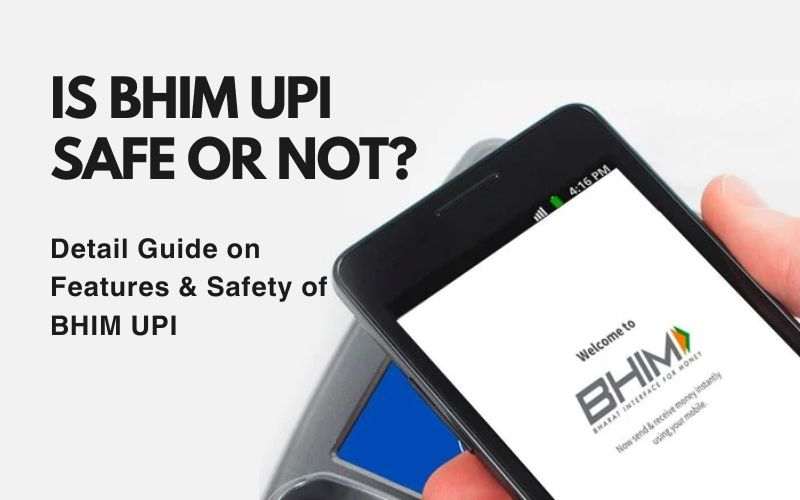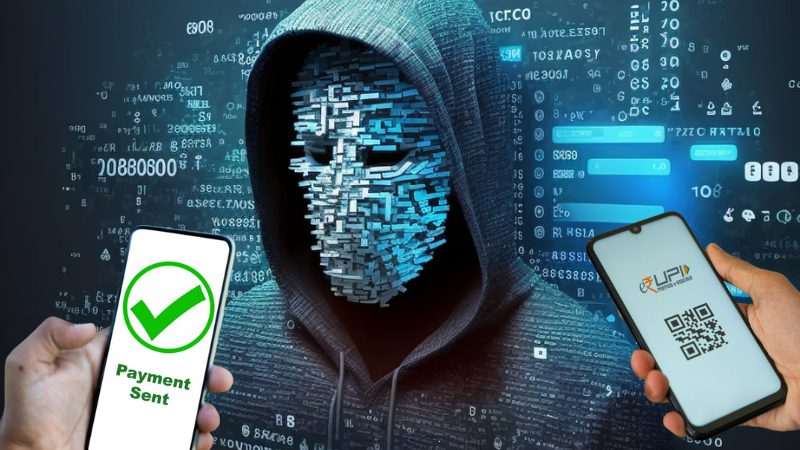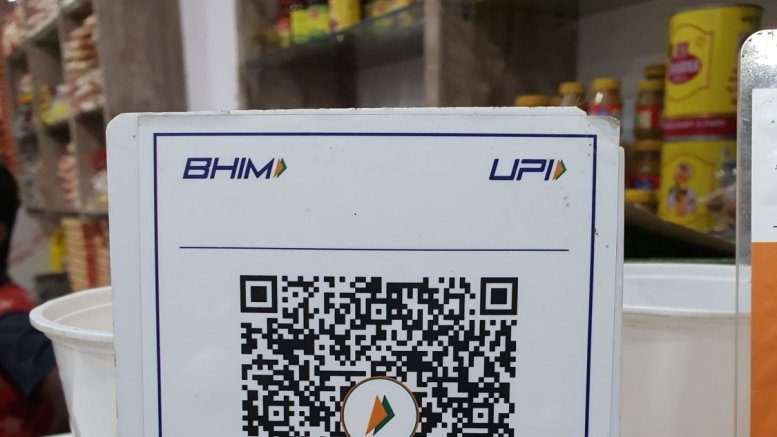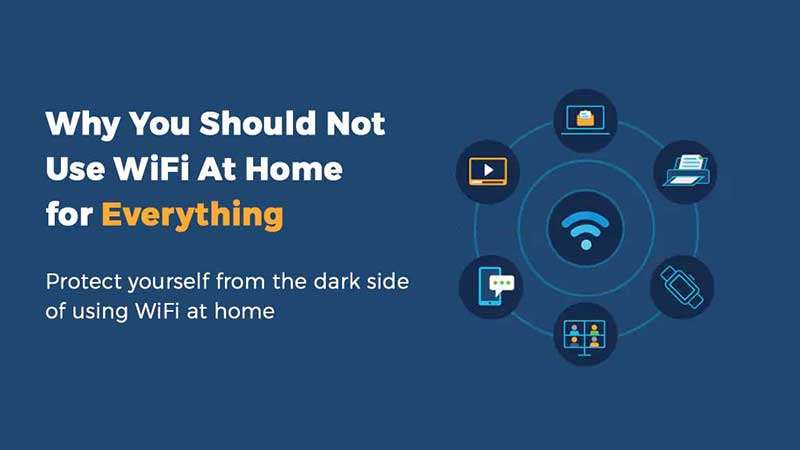Is BHIM UPI Safe or Not? Discover 6 great features of BHIM UPI. Potential risk and Safety Tips for Safe Usage Practices.

In today’s fast-paced world where everything happens quickly, digital payments are the go-to choice. One shining star in India’s digital payment scene is BHIM UPI, offering speed, convenience, and a world without cash. However, as we enjoy its benefits, it’s natural to wonder: Is BHIM UPI Safe or Not?
Don’t worry, my friend! We’re going to explore the safety features of BHIM UPI, talk about possible risks, and make sure we know enough to use digital payments with confidence.
What is BHIM UPI?
Imagine a plumbing system for money. Instead of clunky pipes and rusty valves, you have a sleek, digital network called the Unified Payments Interface (UPI). BHIM UPI is like a smart faucet on this network, letting you transfer funds directly between bank accounts, instantly. No credit card details, no net banking hassles, just a tap and a PIN.

You may also read: How to Pay UPI Using Credit Card in 2024: Step-by-Step Guide
So, the question on everyone’s mind is: Is BHIM UPI Safe or Not?
The Short Answer: Yes, BHIM UPI is generally safe. It employs robust security measures to protect your money and personal information. However, like any financial tool, safe usage practices are crucial.
How Secure is The BHIM App?
Let’s delve deeper into the security features of BHIM UPI:
1. Multi-factor Authentication:
BHIM UPI transactions require two or more factors for authorization. This typically involves:

- MPIN (Mobile PIN): A secret 4-6 digit PIN set by you for the BHIM app.
- Fingerprint or Face ID: Many BHIM apps offer biometric authentication for added security.
This layered approach makes it significantly harder for unauthorized access to your funds.
2. Secure Transaction Flow:
When you initiate a UPI payment, the following secure steps occur:
- You enter the recipient’s virtual payment address (VPA) or bank account details.
- The BHIM app sends a payment request to the NPCI (National Payments Corporation of India) server.
- NPCI verifies the recipient’s details and sends a payment confirmation request to your bank.
- Your bank authenticates the transaction using your MPIN or biometric.
- Upon successful authentication, the funds are transferred from your bank account to the recipient’s account in real-time.
This entire process happens within a secure infrastructure, minimizing the risk of interception or tampering.
Also Read: What is UPI Lite? Features, Benefits and Everything You Need to Know
3. Data Encryption:
All your sensitive information, like MPIN and bank account details, are encrypted both in transit and at rest. This means even if someone intercepts the data, they cannot decipher it without the encryption keys.
4. Regular System Updates:
The NPCI and BHIM app developers constantly update their systems to patch vulnerabilities and address emerging security threats. This proactive approach helps keep your transactions protected.
5. Regulatory Safeguards:
BHIM UPI operates under the strict guidelines of the RBI (Reserve Bank of India). This ensures adherence to robust security standards and consumer protection regulations.
6. Limited Account Information Sharing:
BHIM UPI only shares your virtual payment address (VPA) with the recipient, not your bank account details. This minimizes the risk of data exposure.
So, what are the things you need to be careful about?
- Human error: The biggest security risk often lies with us, the users. Sharing your MPIN with anyone, falling for phishing scams, or using unsecured Wi-Fi networks can compromise your safety. Remember, keep your MPIN a secret, as sacred as your grandma’s pickle recipe!
- Technical glitches: While rare, technical glitches or outages can disrupt transactions. But fear not, NPCI is constantly working to improve the system’s robustness and reliability. Think of it as occasional plumbing maintenance to keep your financial flow smooth.
- Limited fraud protection: Unlike credit cards, UPI transactions don’t offer built-in fraud protection. If you accidentally transfer money to the wrong person, getting it back might be tricky. So, double-check those virtual addresses before hitting that send button!

Potential Risks and Precautions
While BHIM UPI is undoubtedly safe, it’s important to be mindful of potential risks:
- Phishing Scams: Be wary of fake apps or websites mimicking BHIM UPI. Always download the official app from trusted sources like the Google Play Store or the BHIM website.
- Social Engineering: Never share your MPIN or OTP (one-time password) with anyone. Legitimate UPI transactions never require these details from the recipient.
- Unsecured Public Wi-Fi: Avoid making UPI transactions on unsecured public Wi-Fi networks. Use mobile data or a trusted home network for financial activities.
- Malware: Keep your phone updated with the latest security patches to protect against malware that could steal your information.
- Transaction Limits: BHIM UPI imposes transaction limits to minimize potential losses in case of unauthorized access.
Safe Usage Practices:
- Set a strong and unique MPIN, different from your other PINs.
- Regularly update your BHIM app and phone software.
- Don’t root or jailbreak your phone, as it compromises security.
- Be cautious about sharing your VPA publicly.
- Report any suspicious activity to your bank or the NPCI immediately.
By following these safety tips and understanding the security features of BHIM UPI, you can confidently enjoy the convenience and benefits of this revolutionary payment platform.
The Verdict: Is BHIM UPI Safe?
With its robust security measures, multi-factor authentication, and NPCI oversight, BHIM UPI can be considered a safe and reliable way to make digital payments. However, as with any online transaction, vigilance is key. By following the safety tips mentioned above, you can minimize risks and enjoy the convenience of cashless payments with peace of mind.

So, go ahead and embrace the digital revolution with BHIM UPI! Just remember to stay safe and secure.
Conclusion:
BHIM UPI is a secure and convenient way to make digital payments in India. However, like any online platform, it’s crucial to be aware of potential risks and take necessary precautions. By following the tips mentioned above, you can enjoy the benefits of BHIM UPI while safeguarding your financial information.
Additional Resources:
- Official BHIM Website: www.bhimupi.org.in
- NPCI website: www.npci.org.in
- Cybersecurity tips from CERT-In: www.cert-in.org.in
Remember, your financial security is your responsibility. By staying informed and practicing safe habits, you can make BHIM UPI a secure and rewarding way to manage your money.

Hi I am Harish. I am a blogger, writer. I am also a photographer. I love to share my thoughts and experiences through the words in my blog. Thank you.



